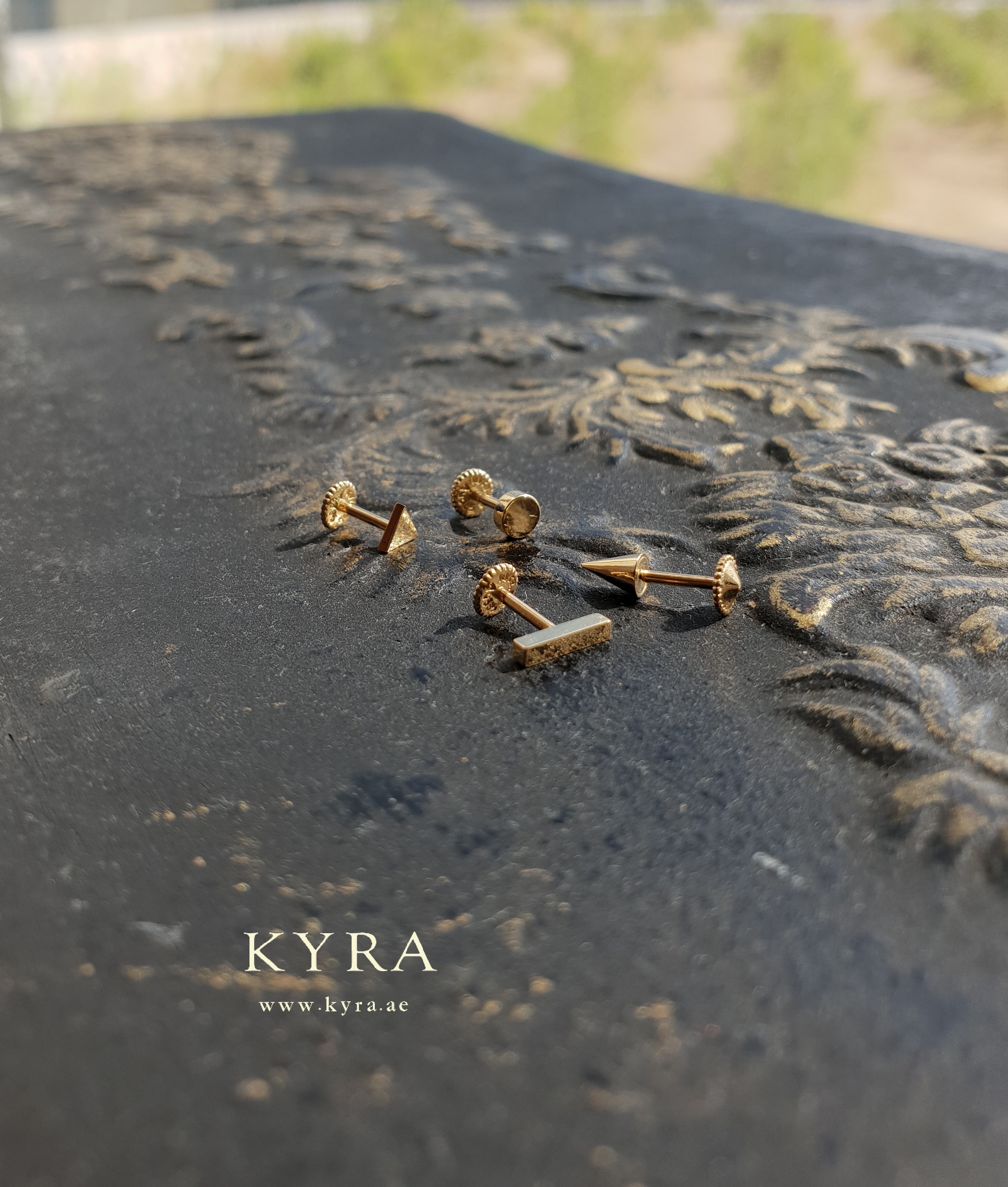"What Do Piercing Bumps Look Like and When Should You See a Doctor?"
Posted by KYRA on 8th Jul 2025
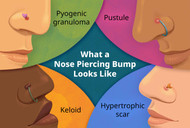
Piercing Bumps, Infection Signs & When to See a Doctor?
Getting a new piercing is exciting, but the healing process can sometimes feel overwhelming, especially when unexpected bumps appear or you notice concerning changes. Understanding the difference between normal healing, minor irritation, and serious infection can help you take appropriate action and avoid complications.
Understanding Piercing Bumps: What Are They?
Piercing bumps are small, raised areas that form around new or healing piercings. While a selected few can be potential red flags, many types are completely normal parts of the healing process. These bumps can appear as:
- Small, flesh-colored or slightly red raised areas
- Fluid-filled bumps that may look like blisters
- Hard, scar-like tissue formations
- Keloid-like growths that extend beyond the original piercing site
The key to managing piercing bumps is identifying their cause and responding appropriately. Most bumps are harmless and resolve with proper care, but some may indicate more serious issues requiring professional attention.
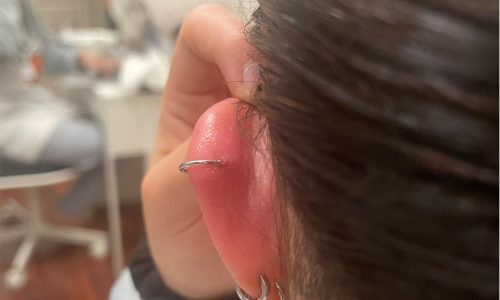
Common Types of Piercing Bumps
Irritation Bumps
These are the most common type of piercing bump and typically result from:
- Sleeping on the piercing
- Snagging jewelry on clothing or hair
- Using harsh cleaning products
- Touching the piercing with dirty hands
- Wearing low-quality jewelry materials
Irritation bumps usually appear as small, red, slightly raised areas around the piercing site. They're typically not painful unless touched and often resolve once the irritation source is removed.
Hypertrophic Scars
These raised, thick scars form when your body produces excess collagen during healing. Unlike keloids, hypertrophic scars don't extend beyond the original piercing boundaries. They're more common in cartilage piercings and can be managed with proper aftercare adjustments.
Keloids
True keloids are less common but more concerning. These growths extend beyond the original piercing site and can continue growing over time. If you have a family history of keloids or have developed them with previous piercings, discuss this with your piercer beforehand.
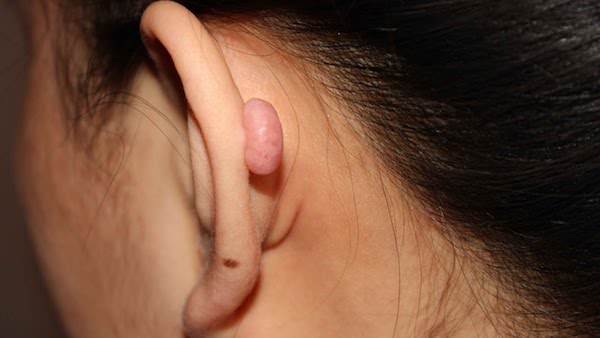
Pustules
Small, pus-filled bumps around piercings can indicate bacterial infection, especially if accompanied by other symptoms like excessive redness, heat, or spreading inflammation.
Recognizing Piercing Infection Signs
While minor irritation is normal during healing, certain signs indicate a developing infection that requires immediate attention:
Early Infection Warning Signs
- Increasing redness that spreads beyond the piercing area
- Warmth or heat emanating from the piercing site
- Throbbing or severe pain that worsens over time
- Swelling that increases rather than decreases
- Yellow or green discharge with a foul odor
- Fever or chills
- Red streaking extending from the piercing site
Severe Infection Symptoms
- High fever (over 101°F/38.3°C)
- Rapid spreading of redness or red streaks
- Severe swelling that affects surrounding areas
- Extensive pus or discharge
- Feeling generally unwell or having flu-like symptoms
- Jewelry becoming fully embedded due to swelling
Normal Healing vs. Infection: Key Differences
Understanding what's normal can help you avoid unnecessary panic while ensuring you don't miss serious warning signs.
Normal Healing Includes:
- Mild redness immediately around the piercing
- Clear to light yellow discharge (lymph fluid)
- Slight swelling that gradually decreases
- Mild tenderness that improves over time
- Crusty buildup around jewelry (dried lymph)
Infection Indicators:
- Redness that spreads or worsens
- Thick, colored discharge (yellow, green, or brown)
- Increasing pain or throbbing
- Excessive swelling that doesn't improve
- Warm or hot feeling around the piercing
- Systemic symptoms like fever
When to See a Doctor ?
Seek medical attention right away if you experience:
Emergency Situations
- High fever or chills
- Red streaking extending from the piercing
- Severe swelling affecting breathing or swallowing (for facial piercings)
- Jewelry completely embedded in swollen tissue
- Signs of blood poisoning (rapid spreading infection)
Urgent Care Situations
- Persistent fever over 24 hours
- Worsening symptoms despite proper care
- Large amounts of pus or foul-smelling discharge
- Severe pain that prevents normal activities
- Swelling that interferes with jewelry movement
Professional Consultation Recommended
- Bumps that don't improve with conservative treatment
- Recurring infections in the same piercing
- Unusual growths or changes in appearance
- Concerns about keloid formation
- Difficulty determining if symptoms are normal
Home Treatment for Minor Issues
For minor irritation bumps and early signs of trouble, you can try:
Gentle Cleaning Protocol
- Use sterile saline solution twice daily
- Avoid harsh soaps, alcohol, or hydrogen peroxide
- Pat dry with clean, disposable paper towels
- Don't remove jewelry unless advised by a professional
Reducing Irritation
- Identify and eliminate irritation sources
- Use a travel pillow to avoid sleeping on the piercing
- Choose looser clothing around the piercing area
- Keep hair and cosmetics away from the site
Supporting Healing
- Maintain good overall health and nutrition
- Stay hydrated and get adequate sleep
- Avoid unnecessary touching or manipulation
- Consider chamomile tea compresses for gentle anti-inflammatory effects
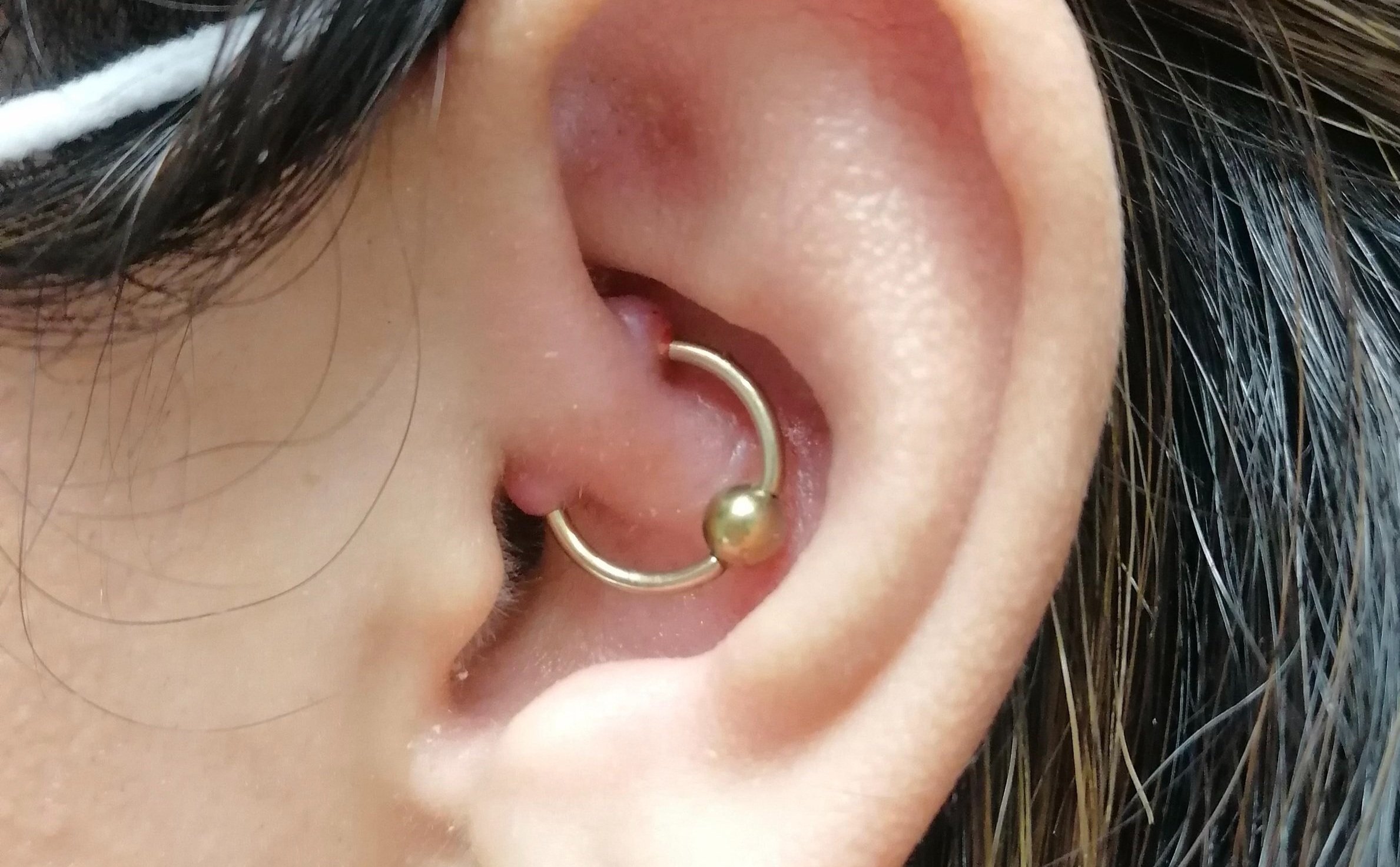
Professional Treatment Options
Healthcare providers and professional piercers can offer various treatments depending on the issue:
Medical Treatments
- Antibiotic creams or oral antibiotics for infections
- Steroid injections for hypertrophic scars (under medical supervision only)
- Surgical removal for persistent keloids ( under medical supervision only)
- Drainage procedures for severe infections
Piercing Professional Services
- Jewelry downsizing or upgrades
- Placement evaluation and adjustment
- Specialized aftercare product recommendations
- Assessment of healing progress
Prevention Strategies
The best approach to piercing complications is prevention:
Choosing Quality Services
- Research reputable piercers with proper certifications
- Ensure sterile equipment and proper technique
- Select high-quality, implant-grade jewelry materials
- Follow all aftercare instructions precisely
Ongoing Care
- Maintain consistent cleaning routines
- Avoid changing jewelry too early
- Protect piercings during activities and sleep
- Stay alert to changes in appearance or sensation
Long-Term Piercing Health
Most piercing bumps and minor infections resolve completely with appropriate care. However, maintaining good piercing hygiene and being aware of your body's responses helps ensure long-term success.
Remember that healing times vary significantly between individuals and piercing types. Cartilage piercings may take 6-12 months to heal fully, while earlobe piercings typically heal in 6-8 weeks. During this time, various minor issues may arise and resolve naturally.
Conclusion
While piercing bumps and infections can be concerning, most issues are manageable with proper knowledge and care. The key is recognizing when problems are beyond normal healing variations and require professional intervention.
Trust your instincts - if something feels wrong or you're worried about changes in your piercing, it's always better to consult with a healthcare provider or professional piercer. Early intervention can prevent minor issues from becoming serious complications.
Your piercing journey should be positive and safe. By staying informed about potential issues and maintaining good aftercare practices, you can enjoy your new piercing while minimizing risks and complications.
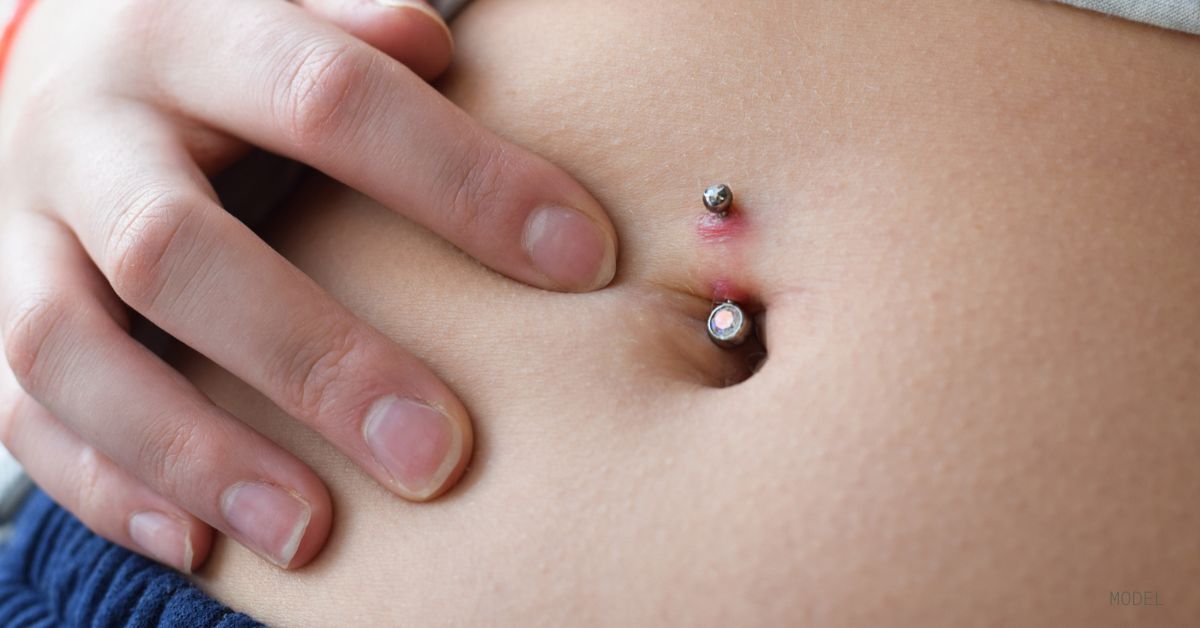
Quick Reference: When to Act
See a doctor immediately if:
- Fever over 101°F (38.3°C)
- Red streaking from the piercing
- Severe swelling affecting function
- Signs of blood poisoning
Contact a healthcare provider within 24 hours if:
- Persistent fever
- Worsening symptoms despite care
- Large amounts of pus
- Severe, increasing pain
Consult a professional piercer if:
- Persistent bumps not improving
- Questions about normal healing
- Jewelry concerns or adjustments needed
- General aftercare guidance required
Remember: When in doubt, seek professional advice. Your health and safety are worth more than any piercing.



